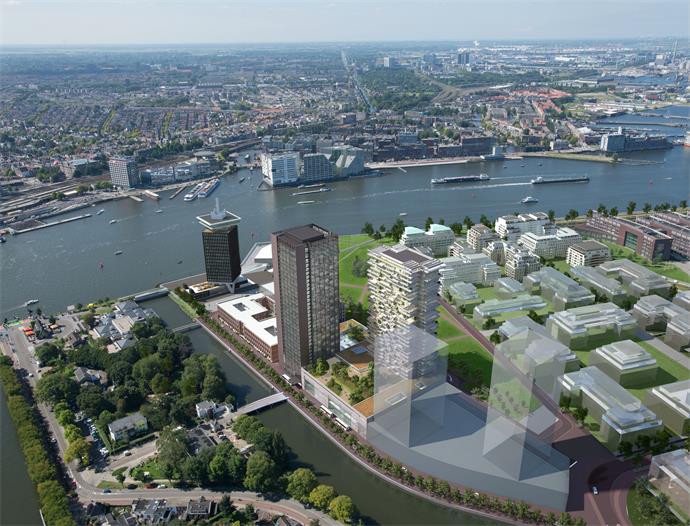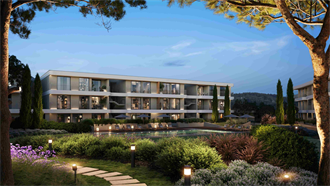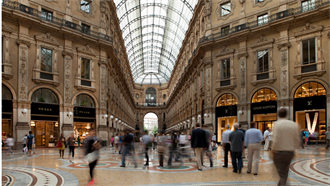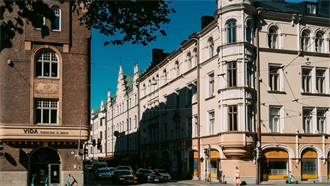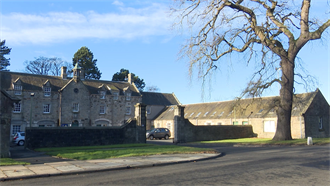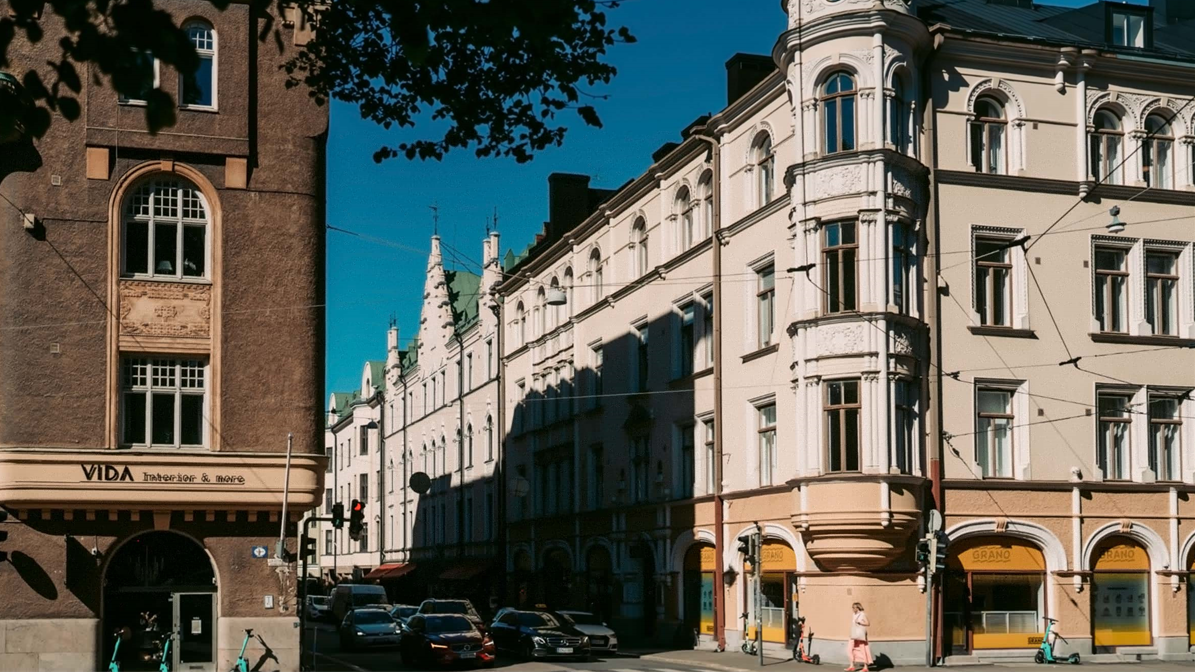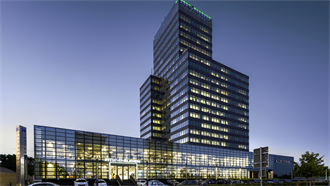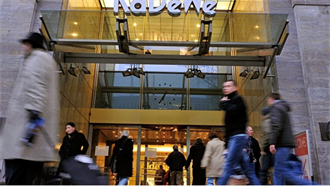When oysters and fine wines are served at the groundbreaking ceremony for a major mixed-use development, as happened recently in Amsterdam, you know that good economic times are well and truly back.
All across Europe, the development engine is purring and cranes are everywhere as economic recovery - in some cases economic boom - fuels a need for offices, homes and industrial space. Long frozen following the financial crisis, developers’ pipelines are now filled with both shiny new projects and redevelopments across the region’s cities.
In the case of the Amsterdam project mentioned above, two Austrian investor-developers teamed up with a German hotel operator to build a large-scale congress hotel and residential tower on a brownfield waterfront site, including the former Shell HQ, in the north of the city branded as ‘Siberia’ by local players. The strip of land will now become a 'vibrant new quarter' and 'the heart of a second city centre' just a short ferry and free ride from the historic centre of Amsterdam.
The Y Towers project (pictured) underscores the new-found confidence in bold real estate projects which are set to transform city skylines. Across Europe, large-scale developments are taking shape which often combine a mix of functions as cities embrace the notion of living and working districts to deal with increased urbanisation.
Rather than cater to a commuting society where workers come into the city from outlying dormitory towns, urban planners are seeking to keep people in the centre by creating communities which offer everything from housing to office and leisure space as well as healthcare amenities. Mixed-use and ‘good density’ are the new buzzwords.
'Mainhattan' on the Rhine
The picture is no different in other European cities. Around 20 new high-rise buildings are set to grace Frankfurt's skyline over the next five years. Groundbreaking ceremonies were held for two prestigious projects in Frankfurt earlier this year: Tishman Speyer's mixed-use Omniturm which will rise up nearly 190 metres and comprise around 44,000 m2 of space once completed in 2018; and the Marienturm being developed on behalf of Perella Weinberg, a 155-metre tower comprising 45,000 m2 of office space which is due for completion in early 2019.
A major new project taking shape in Frankfurt’s banking district is the ‘Four Frankfurt’ development on the former Deutsche Bank site. Comprising four high-rise buildings ranging in height from 100 metres to 228 metres, the complex will mix residential with office and hotel functions and is due for completion in 2020.
Brisk activity in London
Across the Channel, London is still seeing brisk development activity despite the impending Brexit. A record 455 skyscrapers are set to be added to the city’s skyline, according to the 2017 London Tall Buildings Survey published earlier this year. The new towers have the potential to deliver 100,000 homes, with 420 marked for residential use and seven for purpose-built student accommodation.
If all go ahead, a total of 152 new skyscrapers with 20 storeys or more will have been built by 2019, 27 of them with 50 floors or above. The majority are being built in the fast-growing areas of Canary Wharf and Docklands.
Tour de force in Paris
Paris is also seeking to capitalise on Brexit and earlier this year mounted an aggressive campaign to lure businesses from the UK. During a visit to London ahead of his election as French president, Emmanuel Macron announced that seven new skyscrapers have been proposed for the La Défense district of Paris, designed by high-profile architects including Jean Nouvel and Norman Foster.
Macron said the towers would cater to bankers, academics and researchers who might be forced to relocate from London following Brexit. The seven skyscrapers - called Trinity, Alto, M2, Hekla, Sisters, Air 2 and Hermitage - will all be located at La Défense, where 40% of the workforce is said to be employed by overseas companies.
Marie-Célie Guillaume, CEO of Defacto La Défense, the body responsible for managing the financial hub in western Paris, said the French wanted to send a ‘powerful message to businesses that are uncertain about their future in London’. Together the seven towers will add close to 400,000 m2 of new office space to the city by 2021.
Brexit refugees
How much of the new space coming onstream in Europe’s cities is likely to be absorbed by Brexit refugees remains to be seen. So far there has been a lot of ‘talk’ about UK-based companies and banks relocating to the Continent, but not so much ‘walk’.
‘Germany will benefit from Brexit,’ says Karsten Kohlmann, managing partner at Waterway Investments. ‘It will be mainly Frankfurt profiting, but Berlin as well, because whereas it was once seen as a government-only place, it is now a vibrant hub for companies.’
Change is already happening under the radar, according to Marius Schöner, country head for Germany at CBRE Global Investors: ‘Banks are asking for bank licenses, big searches for 5,000 m2 offices are going on. After months of talk, we are now beginning to see actual movement in Frankfurt.’
But such is the overwhelming demand for German real estate that local market experts say the market does not need Brexit to fill up its city offices. ‘There is interest from all over the world but there is more capital than could ever be spent and not enough product,’ says Sascha Wilhelm, CEO of Corestate Capital. Cities like Frankfurt, Munich, Berlin and Hamburg do not need Brexit to attract investor interest, he insists: ‘Four of the top five cities foreign investors want to put money in are in Germany, while London has seen a steep drop and is now at number 27.’
Time will tell how the Brexit saga plays out. Europe’s cities at any rate are getting ready for an influx of office and residential tenants, whether that is due to property-hungry investors, increased urbanisation or Brexit.

